As the Yuletide draws near, the debate about the best kind of Christmas tree continues. The origins of the tradition can be traced to pre-Christian Germanic and Celtic tribes who used evergreen boughs in their winter solstice festival to symbolize the everlasting circle of life. Over the past 150 years, trees have become so popular that we hardly recognize Christmas without them. But since the advent of artificial trees in the 1890s, we’ve been faced with a choice: go real or artificial? Both sides have their pros and cons. Here’s a guide to help you decide!
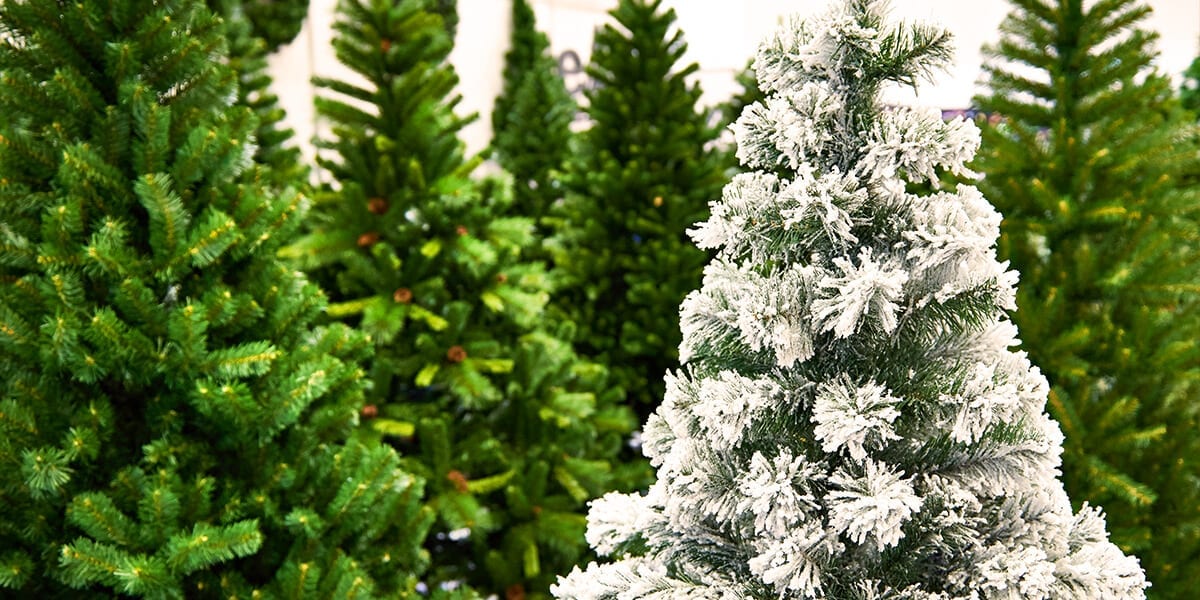
The Pros of Artificial Christmas Trees
The artificial tree is guaranteed to have elegant and harmonious proportions.
You Buy Them Once: If you don’t want the trouble of transporting a tree home and paying for a new one each year, an artificial tree can save you effort and money in the long run.
No Maintenance: You don’t have to worry about watering, dealing with shedding needles, or preventing your pet from gnawing on the branches. At the beginning of the holiday, you set it up. At the end, you take it down and store it until next year. Some trees even come with built-in lights to simplify the decoration process.
They’re Elegant: The artificial tree is guaranteed to have elegant and harmonious proportions. The branches are thick and full, perfect for decorating, and the trunk is as straight as an arrow.
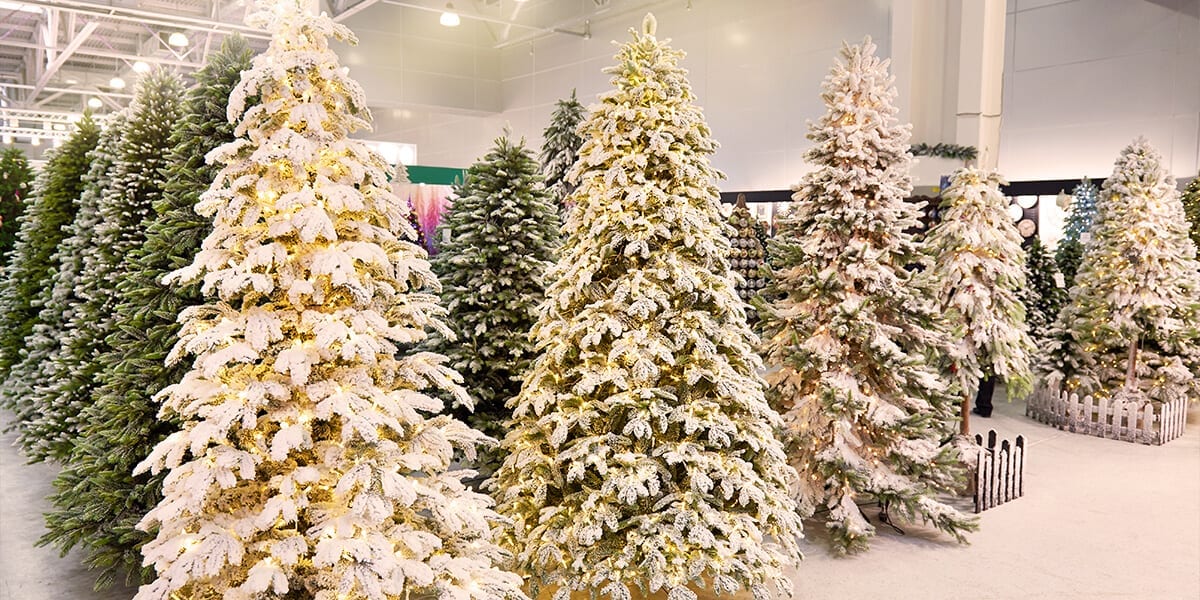
The Cons of Artificial Christmas Trees
The Environmental Cost: They’re made of mixed plastics that may not be easily recycled and will not decompose like a living tree. The extraction of metal and petroleum for the plastic, as well as the manufacturing and shipping of trees, have a footprint. But an artificial tree will last for years and hopefully, decades.
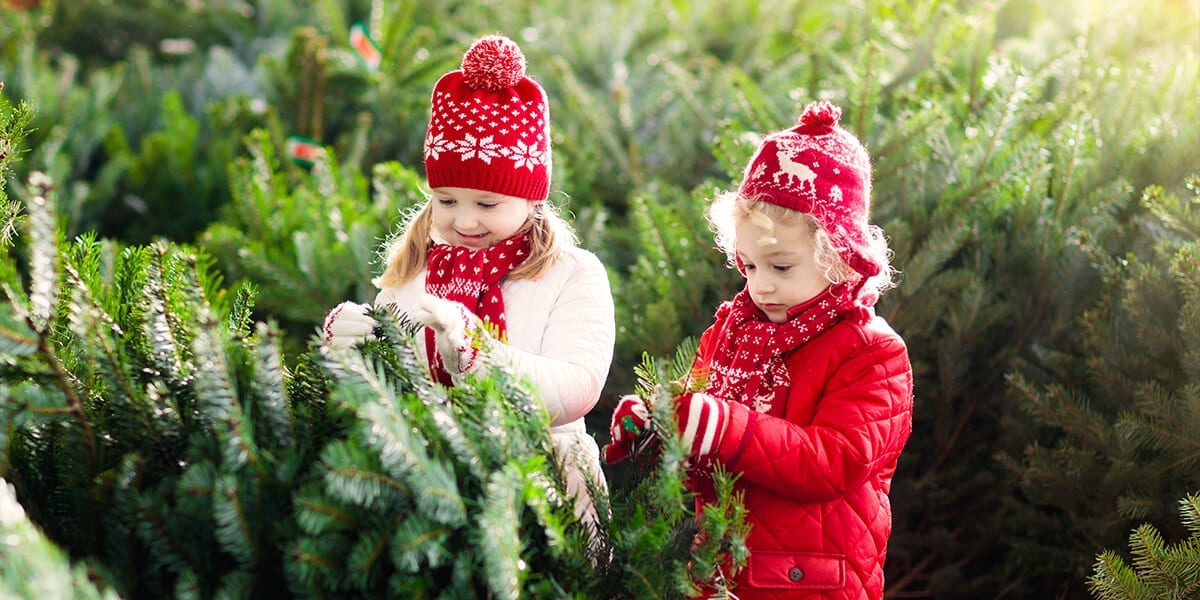
The Pros of Fresh Cut Christmas Trees
The scent of a real tree is just one aspect of the whole presence of a living evergreen in the home.
Fresh Scent: Do you remember the scent of a fresh cut tree from your childhood? That beautiful fragrance is often enough for a real tree to win our hearts. There’s something undeniably comforting in waking up to the fragrance of Balsam Fir or Fraser Fir in the house.
They’re Alive: The scent of a real tree is just one aspect of the whole presence of a living evergreen in the home. Even though we cut them from their roots, they’re still living and breathing once we put them in water. This vitality simply can’t be imitated by any human crafted substitute, no matter how beautiful or high tech it is.
They’re Unique: The bare spot or misshapen branch that you’re bound to find gives each tree its own personality and charm. These quarks remind us that our Christmas tree is a living creature like we are, not picture-perfect, but beautiful all the same. And each unusual feature gives us the chance to decorate it in a unique way.
Environmental Benefits: Christmas trees come from tree farms, not natural forests. If available, they come from local farms, sparing us the carbon footprint of importing artificial trees from abroad. As they grow, they also absorb carbon dioxide from the atmosphere, and once we’re finished with them, they are (hopefully) mulched and turned into compost.

The Cons of Fresh Cut Christmas Trees
Environmental Impact: Conventional agriculture, including tree farms, displaces natural forests and ecosystems that were living there to begin with.
They Require Maintenance: Living trees need to have their water supply topped, and their fallen needles cleaned up. Those gardeners among us might think this is a small price to pay for the benefits of having a real plant indoors, yet dealing with all of those needles does require some work.
They’re Flammable: As they dry out over the holidays, real trees are more vulnerable to sparks from frayed Christmas lights and candles. Of course, there are ways to check your lights beforehand and be vigilant about fire safety, but the risk remains.
They Can Harbor Dust: The dust and spores that a tree brings into the house may trigger allergies or congestion for some people. The dust can be reduced by spraying your tree down thoroughly before you bring it indoors.
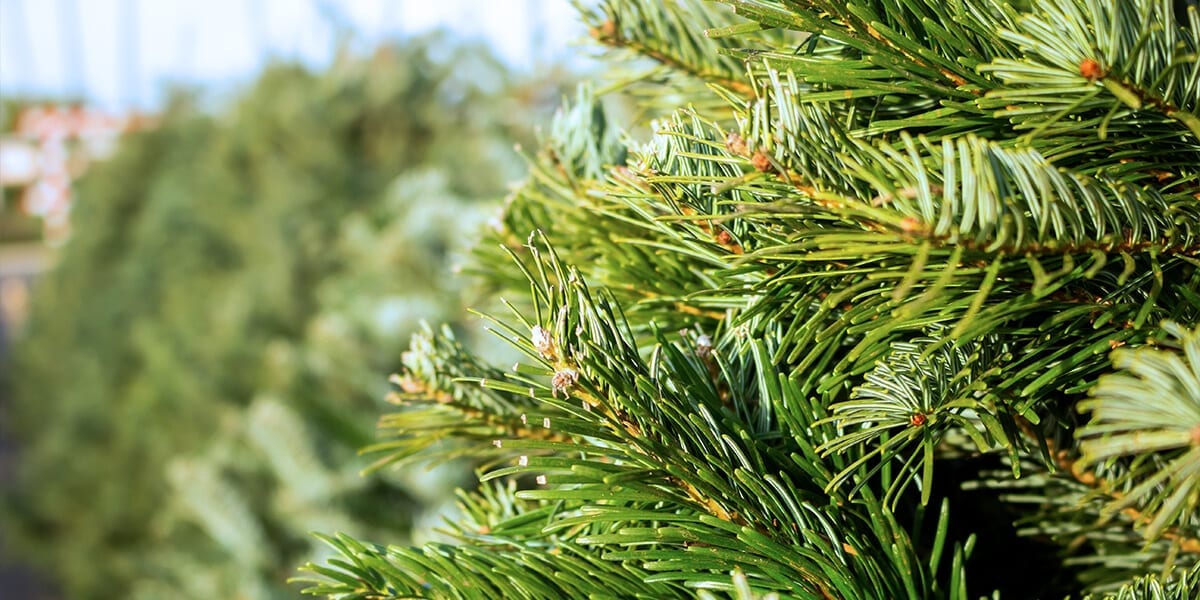
Fresh Cut Tree Species Guide
If you decide to go for a real tree, here’s a quick overview of the most popular species that you’ll find.
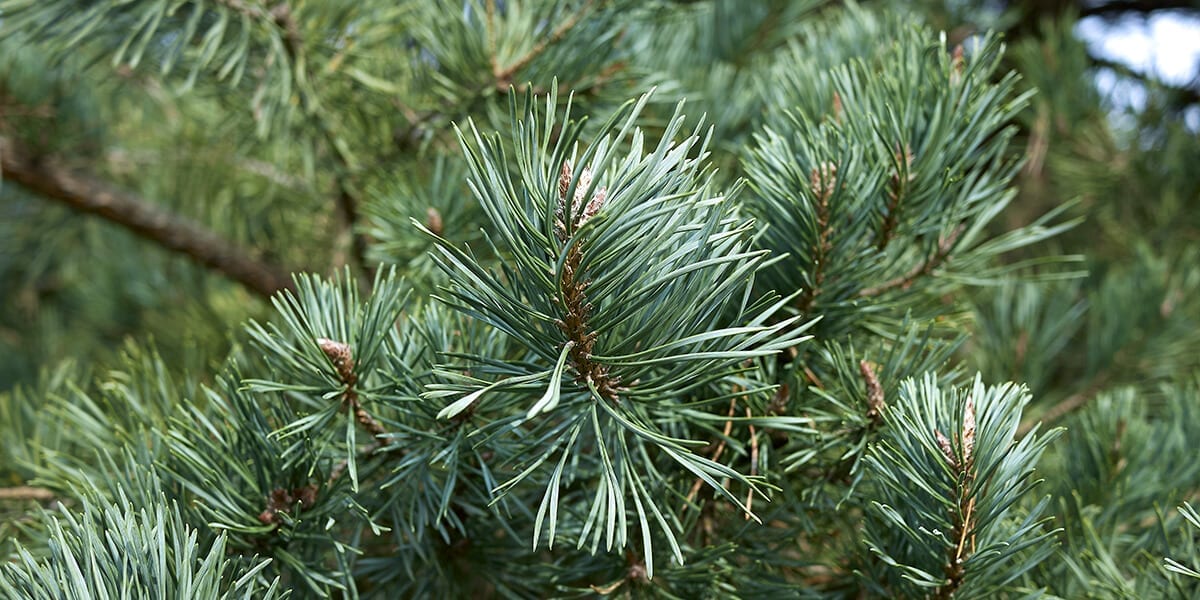
Scotch Pine has upward-curving branches that are perfect for holding decorations and long needles that hardly shed at all, even after it dries. The vivid green color and pyramidal shape make it a popular choice. Its cousin, the White Pine, has similar long, soft-looking needles that are characteristic of Pines.
Balsam Fir has a beautiful scent that refreshes your whole home. It displays flat needles and slender branches that fit nicely into compact spaces. Balsam Fir trees also tend to have denser branches, making them popular for indoor trees.
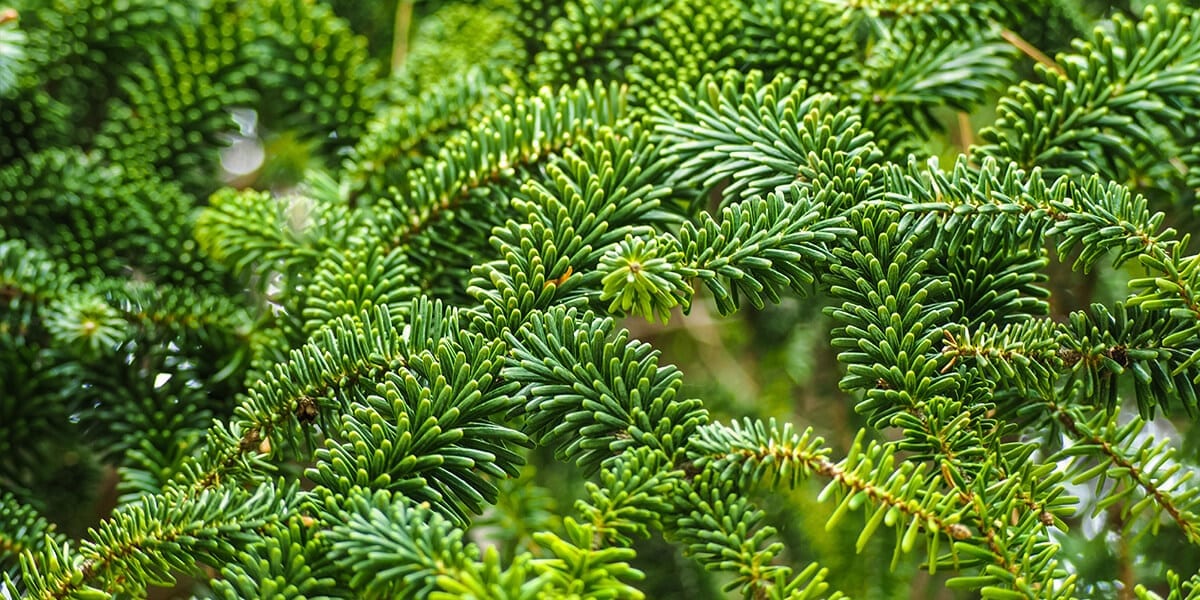
Fraser Fir has short, silvery-green needles that give off a fantastic, long-lasting aroma. The needles are soft enough that young children won’t poke themselves while decorating them. The conical shape and attractive, even spacing between branches make them ideal for showing off your favorite ornaments.
If you need more information to make your decision, or wish to see our selection, please don’t hesitate to visit our garden centers in Chicagoland!
Platt Hill Nursery is Chicago’s premier garden center and nursery.


